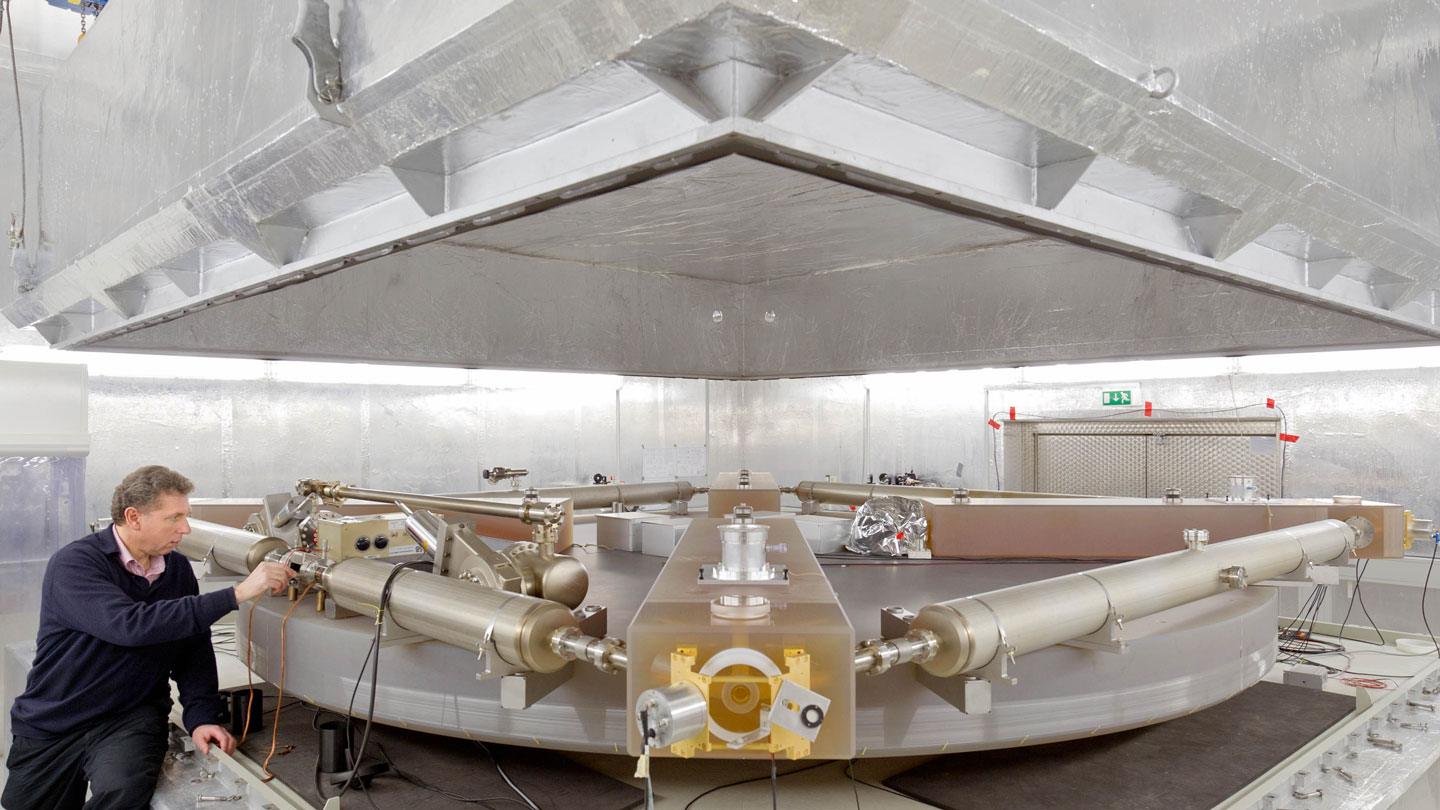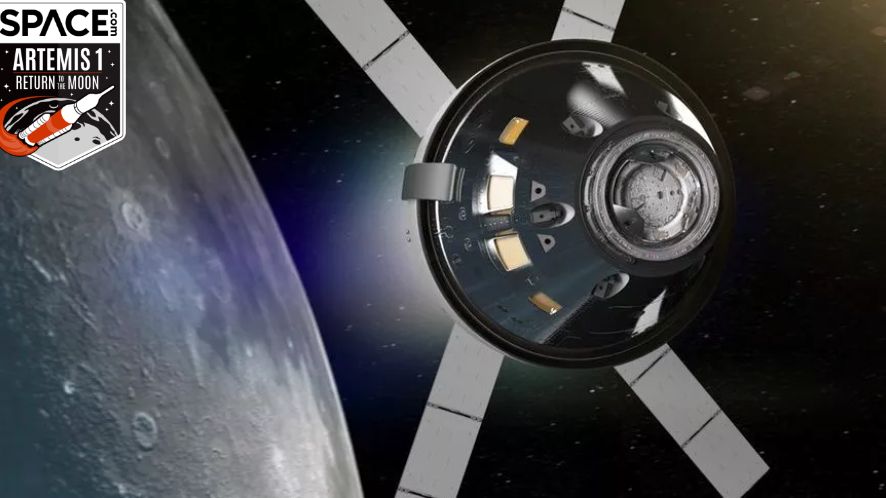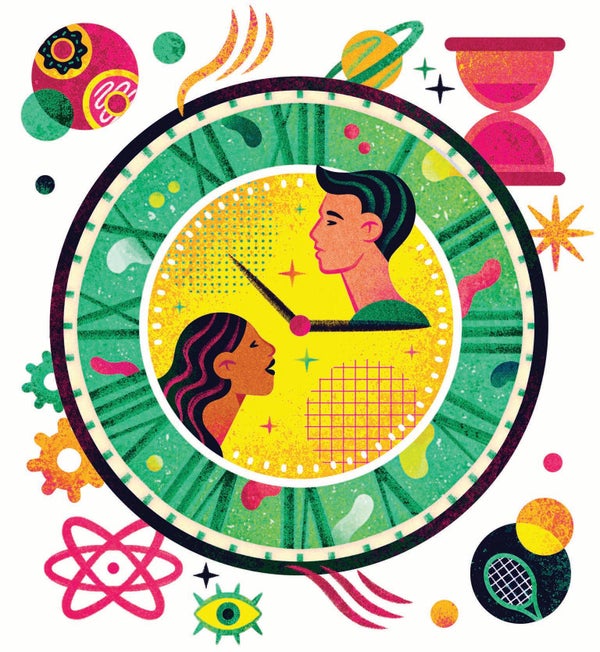
A coloured transmission electron micrograph of bone marrow cells
DR GOPAL MURTI/SPL
The average adult male has around 36 trillion cells in their body, while average adult females have 28 trillion, researchers have found. Unexpectedly, the mass of small cells in our bodies, such as blood cells, is roughly the same as that of large ones such as muscle cells – a finding that has puzzled researchers.
To count the number of cells in the human body, Ian Hatton at the Max Planck Institute in Germany and his colleagues analysed over 1500 scientific papers, looking at factors such how many cell types are there in the body, how many of each type are in each tissue and the average size and mass of each cell type. They found over 400 known cell types across 60 different tissues.
Using figures from the International Commission on Radiological Protection, which has collated the mass of every tissue in a 70-kilogram adult male, a 60-kilogram adult female and a 32-kilogram child, the team then estimated how many cells were in each body type.
“The key was looking for papers that described the number of cells in different tissues,” says team member Eric Galbraith at McGill University in Canada. “And then knowing that those kinds of tissue were made up of particular cells and knowing what the size range of those cells were.”
The team estimates that an adult female has 28 trillion cells and a child 17 trillion cells, with adult males sitting at 36 trillion. The first two estimates are based on papers that largely described adult males, so there is slightly more uncertainty in these figures, says Galbraith. “There’s unfortunately still more information for reference males than females or children,” he says.
Even for adult males, there is still quite a lot of uncertainty. “The distinction between the male, female and child is probably quite minor compared to other sources of error in the data,” says Hatton. “Even the variation between different male subjects of 70 kilograms may be comparable to the differences between male and female, so I don’t think it’s accurate to emphasise this difference.”
Beyond the cell numbers, the team also found that the mass of every cell size in the body appears to be roughly equal. “You would guess that there’s an average cell size and that we’d mostly be made up of this average cell size,” says Galbraith. “But in fact, this isn’t true.”
“In our bodies we have roughly the same amount, in terms of mass, of very small cells as well as very big cells and all the cell sizes in between,” he says. “We all start from a single cell, so why is it that the cell development then kind of spreads out to occupy this full range of cell sizes?”
“It is just fascinating from a pure science perspective to have some sort of quantification of cellular diversity in the human body,” says John Runions at Oxford Brookes University in the UK. “When I lecture students about cell biology and development, I say something like, ‘we all start as a single fertilised cell, the zygote, which undergoes successive rounds of cell division accompanied by differentiation to produce an adult organism with X cells.’”
“The X has always been the tricky part,” he says. “I am delighted that my statement of cell number can now be at least in the correct order of magnitude.”
Topics:














